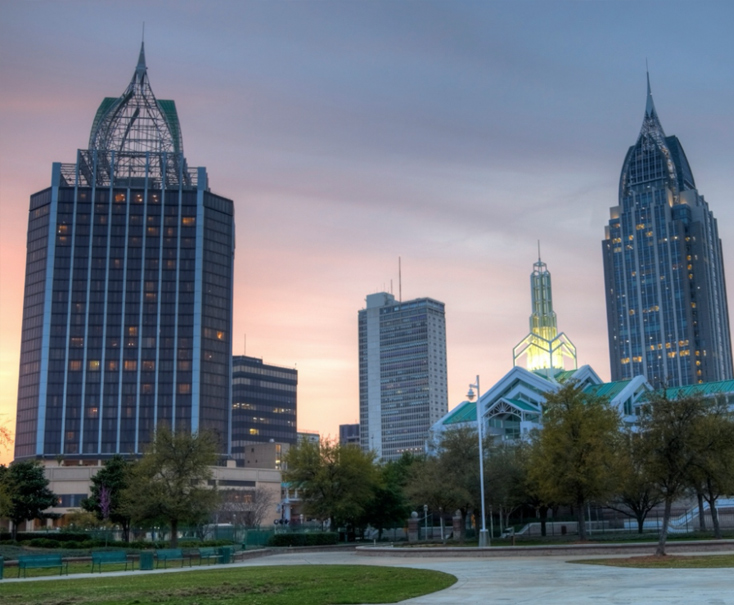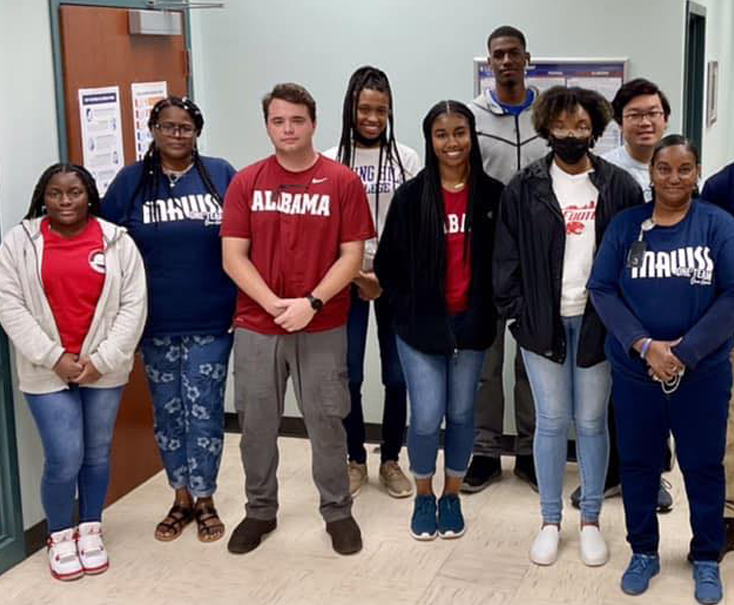C.C. Williams Wastewater Treatment Plant (WWTP)
The Williams WWTP is a diffused air activated sludge plant permitted to treat 28 Million Gallons a Day (MGD). When built in 1957, the Mobile Sewage Treatment Plant, as it was known, treated 16 MGD. As Mobile grew, the plant needed to handle more capacity and was upgraded in 1977. In 1987, the facility was renamed for former MAWSS Superintendent, Clifton C. Williams.
The plant is currently undergoing a $27.5 million upgrade to the primary treatment process. The upgrade will add new headworks, bar screens and primary clarifiers and is expected to improve performance and increase the plant’s capacity. This will enable the plant to meet more stringent permit requirements expected in the future and accommodate the anticipated growth in the Mobile area. The plant was recently recognized for 16 consecutive years of perfect regulatory compliance with a Platinum Peak Performance Awards from the National Association for Clean Water Agencies (NACWA). View our video to learn more
Wright Smith Jr., Wastewater Treatment Plant (WWTP)
Built in 1947 the Wright Smith Jr. WWTP uses a trickling filter process and is permitted to treat 12.8 Million Gallons a Day (MGD) . The plant was originally known as the Three Mile Creek Sewage Treatment Plant so named because the effluent discharged into Three Mile Creek. A new outfall line completed in 2016 now transports the effluent to the Mobile River. Upgrades were done in 1964 and 1987 to increase the capacity of the plant.
Biosolids Program
Biosolids are nutrient-rich organic material resulting from the treatment of domestic sewage in a treatment plant. When treated and processed, these residuals can be recycled and applied as fertilizer to improve and maintain productive soils and stimulate plant growth. Class B biosolids, processed at MAWSS' C.C. Williams WWTP, are provided free to local farmers who agree to follow EPA application and usage guidelines set and enforced by the U.S. Environmental Protection Agency.



